Kuliah Online Fisika dari MIT
Written by Quantum Study Club on 05.57Physics
Departement Pendidikan Fisika, FPMIPA Universitas Pendidikan Indonesia
&
Follower Open Course Ware at MIT-Harvard University, U.S.A.

Our Department has been at the center of the revolution in understanding the nature of matter and energy and the dynamics of the cosmos. Our faculty - three of whom hold Nobel Prizes and 21 of whom are members of the National Academy of Sciences - include leaders in nearly every major area of physics. World leaders in science and engineering, including 10 Nobel Prize recipients, have been educated in the physics classrooms and laboratories at MIT. Alumni of the MIT Department of Physics are to be found on the faculties of the world's major universities and colleges, as well as federal research laboratories and every variety of industrial laboratories.
Our undergraduates are sought both by industry and the nation's most competitive graduate schools. Our doctoral graduates are eagerly sought for postdoctoral and faculty positions, as well as by industry.
The MIT Physics Department is one of the largest in the nation, in part because it includes astronomy and astrophysics. Our research programs include theoretical and experimental particle and nuclear physics, cosmology and astrophysics, plasma physics, theoretical and experimental condensed-matter physics, atomic physics, and biophysics. Our students - both undergraduate and graduate - have opportunities to pursue forefront research in almost any area.
All undergraduate students at MIT study mechanics, electricity and magnetism. Beyond that, our physics majors pursue a program that provides outstanding preparation for advanced education in physics and other careers. Our undergraduates have unusual opportunities for becoming involved in research, sometimes working with two different groups during their four years at MIT.
MIT Curriculum Guide
This guide will help you understand how MIT sequences its courses within each discipline and what courses MIT requires for a complete program of study. MIT OpenCourseWare provides this guide for informational purposes only. You cannot receive a degree, a certificate, or any kind of credit for your study of courses on OCW.MIT is organized into five schools:
- School of Architecture and Planning
- School of Engineering
- School of Humanities, Arts, and Social Sciences
- Sloan School of Management
- School of Science
In addition, MIT and Harvard University operate a joint program in health science called the Whitaker College of Health Sciences and Technology. All together, there are 33 degree-granting departments, programs, and divisions. In addition, a great deal of research and teaching takes place in interdisciplinary programs, laboratories, and centers whose work extends beyond traditional departmental boundaries.
Undergraduate Education
Graduate Education
Curriculum Details by Department
Undergraduate Education
MIT strives to provide students with a strong scientific, technical, and humanistic foundation, and to encourage them to develop creativity in defining problems and seeking solutions. For the Bachelor of Science degree, students must complete a core requirement that is equally divided between science and mathematics, and the humanities, arts, and social sciences. The science/mathematics requirement includes chemistry, biology, physics, and calculus, as well as laboratory and science electives. The humanities, arts, and social sciences requirement must be fulfilled among three of five categories: literary and textual studies; language, thought, and value; the arts; cultures and societies; and historical studies. Students must also complete a four-subject communications requirement.
MIT undergraduate General Institute Requirements include:
- An eight-subject humanities, arts, and social sciences requirement
- A six-subject science requirement
- Two terms of calculus
- Two terms of physics
- One term of chemistry
- One term of biology
- Two restricted electives in science and technology subjects
- One laboratory subject
See the MIT Course Catalog for detailed information about General Institute Requirements and the Communication Requirement. Beyond these requirements, students must meet the standards of their chosen major(s)-see MIT Undergraduate Curriculum Requirements in the table below for specific information about each major (charts outlining course requirements for programs are provided where possible).
A typical course load is four to five courses each term. Freshmen are subject to a credit limit of no more than five courses, as they adjust to the pace and intensity of an MIT education. Upperclassmen are free to take as many courses as they like, with their academic advisor's approval.
Graduate Education
Traditionally a leader in engineering graduate education, MIT has also attained national prominence for its doctoral programs in mathematics and the physical and life sciences. In addition, top-ranked graduate programs in economics; political science; linguistics; science, technology, and society; architecture; urban studies; and management have broadened the spectrum of graduate education at MIT. Graduate students may pursue any of the following degrees:
- Doctor of Philosophy (PhD)
- Doctor of Science (ScD)
- Engineer, Master of Science (SM)
- Master of Engineering (MEng)
- Master of Architecture (MArch)
- Master in City Planning (MCP)
- Master of Business Administration (MBA)
The Institute has a single faculty that is responsible for both undergraduate and graduate instruction. Each department exercises a large measure of autonomy for its graduate programs, under general guidelines established for the Institute as a whole. The administration of graduate education rests with the president, the provost, the chancellor, the dean and associate dean for graduate students, and the Committee on Graduate School Programs.
 | Posted in »
| Posted in »
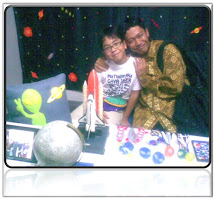
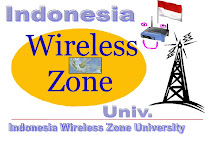









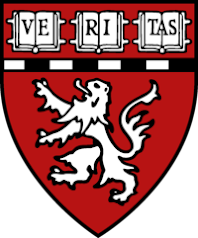


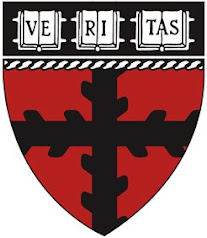
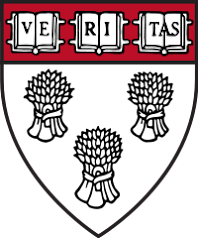

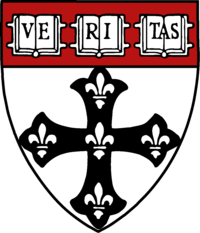

0 comments: Responses to “ Kuliah Online Fisika dari MIT ”